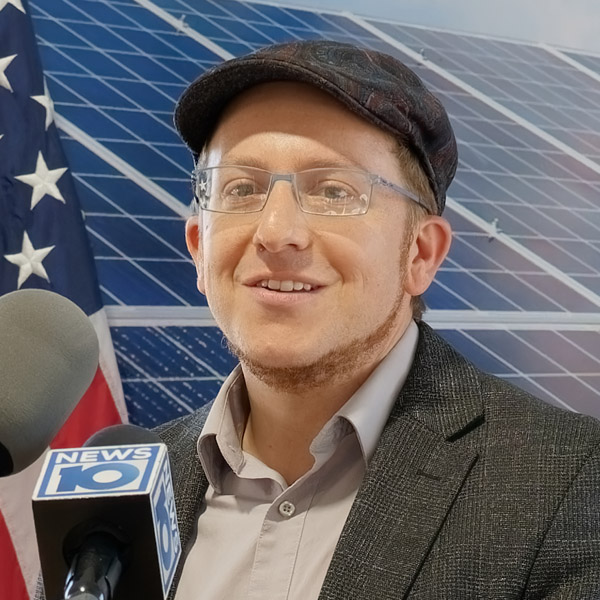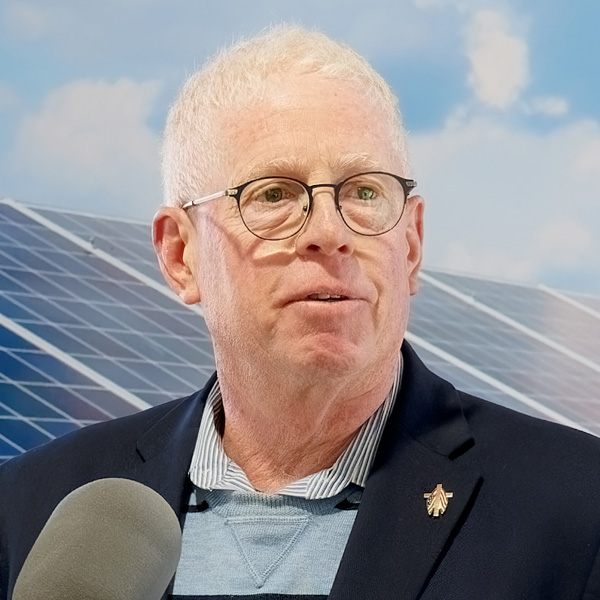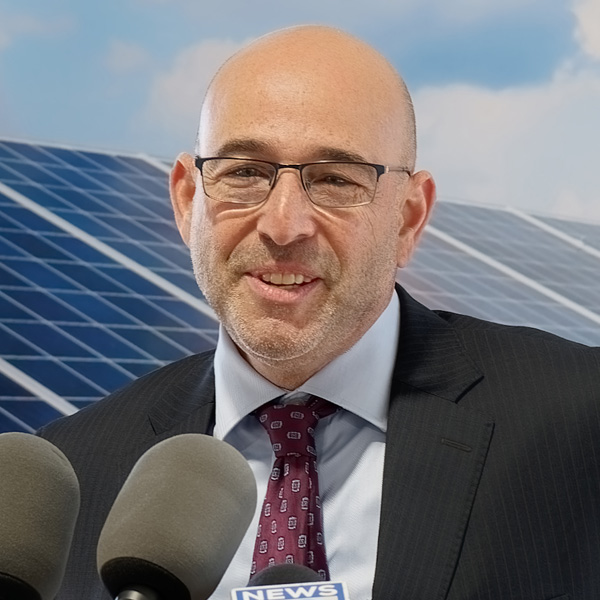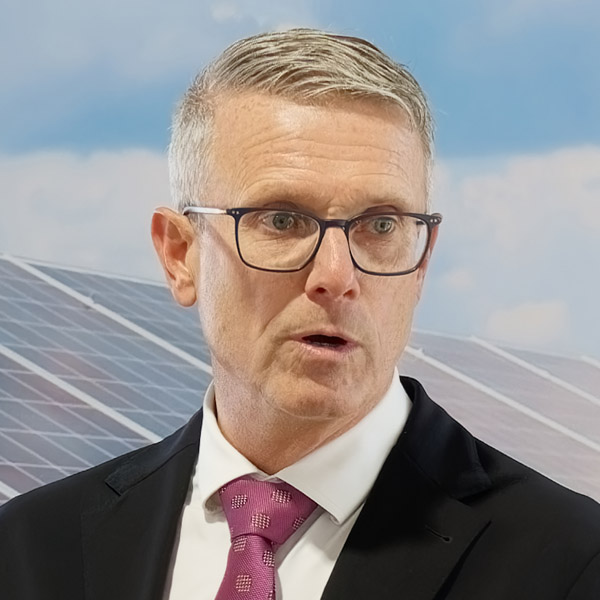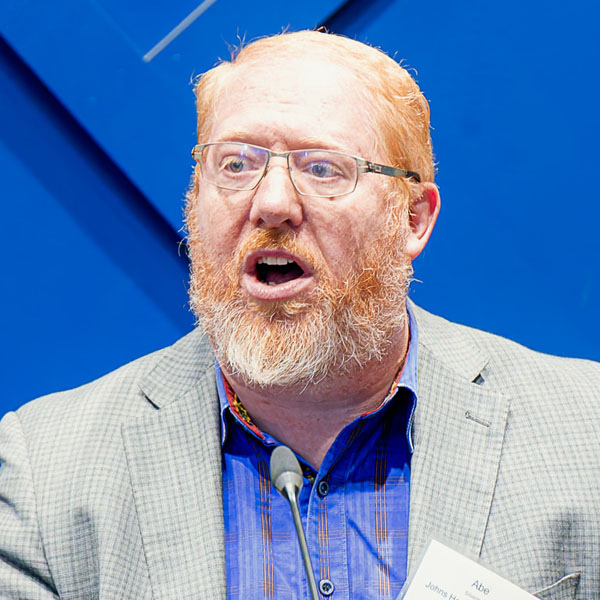LITTLE ROCK, Ark. — SPP stakeholders on Oct. 15 approved what one member called an “historic” transmission plan that will eclipse any previous portfolio by a factor of five.
The grid operator’s 2024 Integrated Transmission Plan’s portfolio includes 89 projects, including more than 1,900 miles of rebuilt or new EHV transmission, with a projected cost of $7.65 billion. That’s more than half the $12 billion of transmission facilities that SPP has directed, members have built or are building.
The ITP assessment cleared the Markets & Operations Policy Committee with 95% approval. It will go before SPP’s Board of Directors on Oct. 29 with passage almost guaranteed, considering stakeholders’ approval margin.
“This is a monumental day in SPP history,” Sunny Raheem, the RTO’s director of system planning, said at the MOPC. “That brings into question, is it affordable?”
Staff said their study of the plan’s two futures found benefit-to-cost ratios over 40 years of 8.9 and 8.2, about three points higher than any previous ITP assessment. They also expect the 2024 portfolio to be fully paid back within its first three years.
Natalie McIntire, speaking for the Natural Resources Defense Council, offered her “strong support for this historic ITP.”
“We think [it’s] really needed to allow SPP to maintain a reliable system, be prepared for the changing resource mix, and, of course, load growth,” she said. “We were amazed and pleasantly surprised at the very strong levels of benefits relative to cost in this portfolio, and I think that that should make everyone feel fairly comfortable with supporting it.
“This is a large transmission portfolio for SPP, but it should not be a surprise,” McIntire added.
SPP COO Lanny Nickell said that during the MOPC’s discussion of the plan, he leaned over and asked the committee’s chair, Alan Myers, “When is the last time we had $7.6 billion of investment on the table with this kind on consensus behind it?”
“I don’t remember that. To me, that’s remarkable,” Nickell said. “It’s remarkable that the members all see value for the most part. Now, I know there are some that are concerned about certain projects, and you know the magnitude of cost associated with certain projects, but for the most part, the support for the projects that are in this portfolio is fantastic.”
The portfolio’s size is driven by rapidly increasing and electrified oil and gas load in the Southwest and the Dakotas, some population growth, and the usual wave of data centers and crypto miners. SPP said the ITP considered a “uniquely sharp increase” in load at multiple sites across the SPP footprint, compared to previous ITP assessments, and used the information to inform decisions made while crafting the portfolio.
The 2024 assessment’s Year 2 load is up 9.7% and 12.9% for the 2023 ITP’s Year 10 respective summer and winter projections. It projects a 25% increase in demand by 2030, a nearly 14 GW increase from its 2023 record peak of 55.89 GW. According to SPP’s report, “minimal load growth” has been accelerated by new customers asking to be connected to the grid as soon as possible.
“Uniquely sharp” load increases in New Mexico led to staff’s recommendation for SPP’s first 765-kV line, the Phantom-Crossroads-Potter project from the Texas Panhandle to southeastern New Mexico. Staff said the project has a $4.1 billion net adjusted production cost value beyond its $2.13 billion cost and a 3.1 benefit-to-cost ratio in Year 40.
Staff also incorporated extreme winter weather scenarios into its latest ITP after two recent storms stressed the grid with low temperatures from the Canadian border into the Texas Panhandle. The extended cold temperatures led to above-normal energy use, fuel availability issues and in 2021, the first directed load shed in SPP’s history.
SPP identified and recommended notifications-to-construct for projects to help support the system during extreme weather events.
“We’ve needed to address the resilience issue after Winter Storm Uri and Winter Storm Elliott for a couple of years,” Nickell told RTO Insider. “That has been something that needs to be addressed, and [members] recognize this does that. They not only appreciate the benefits of reducing congestion, but they also appreciate the fact that it solves the reliability and resilience needs that we needed to address.”
Stressing that he was not speaking for all members, Nickell said the $7.65 price tag was a “secondary component” because of the ITP’s huge value to the SPP grid.
Mike Wise, Golden Spread Electric Cooperative’s senior vice president of regulatory and market strategy, complimented SPP for using “decision quality” concepts and including it in the assessment’s analysis.
“I can’t stand in the way of what the analysis has shown here, but I do think SPP has done a good job,” he said.
Wise told RTO Insider that according to a back-of-the-envelope calculation and under certain conditions, the ITP could cost Golden Spread’s members more than $1 billion in additional transmission costs over the next 40 years. He attributed the lack of discussion over the costs to transmission users not understanding the ITP assessment’s assumptions.
“These are 40-year investments,” he said. “Who bears the risk if the load doesn’t come?”
SPP’s ITP still pales in comparison with MISO’s first two long-range transmission plan (LRTP) portfolios, which have a combined cost of nearly $32 billion. MISO is advancing the LRTP package for its board’s approval at the end of the year. (See MISO Affirms Commitment to $21.8B Long-range Tx Plan in Final Workshops.)


